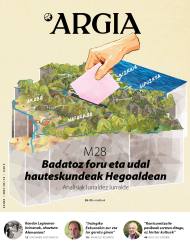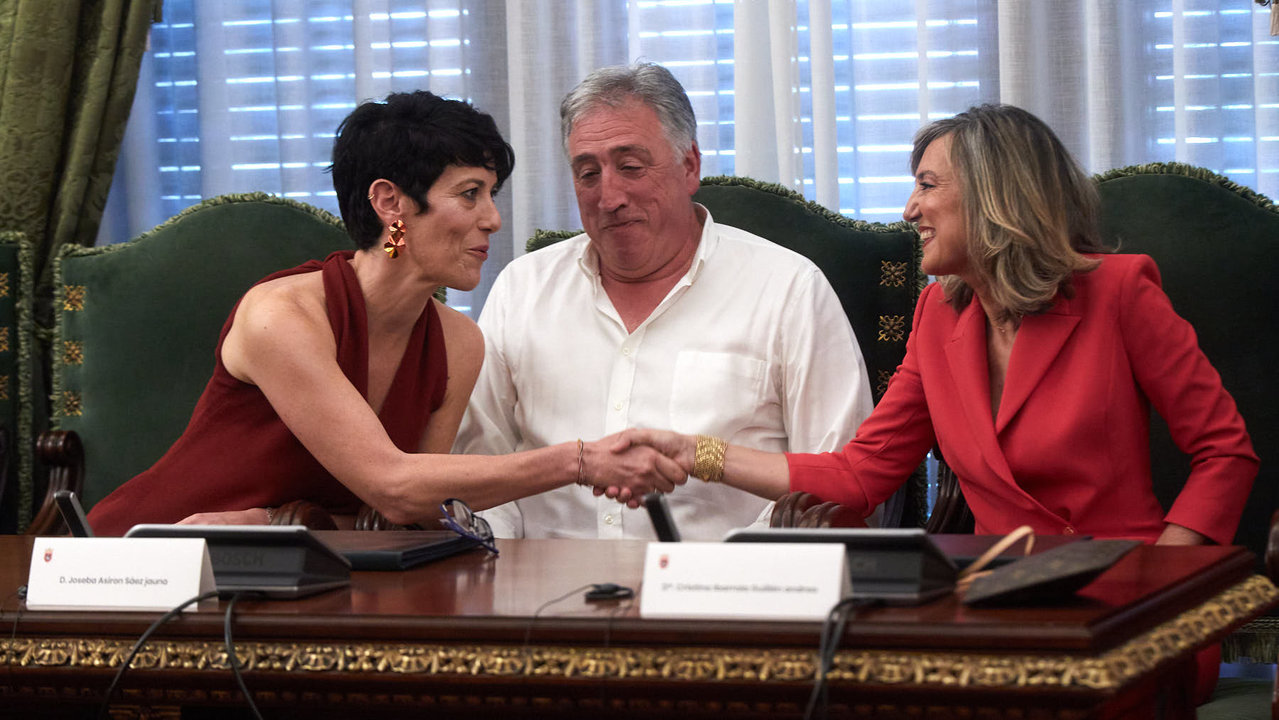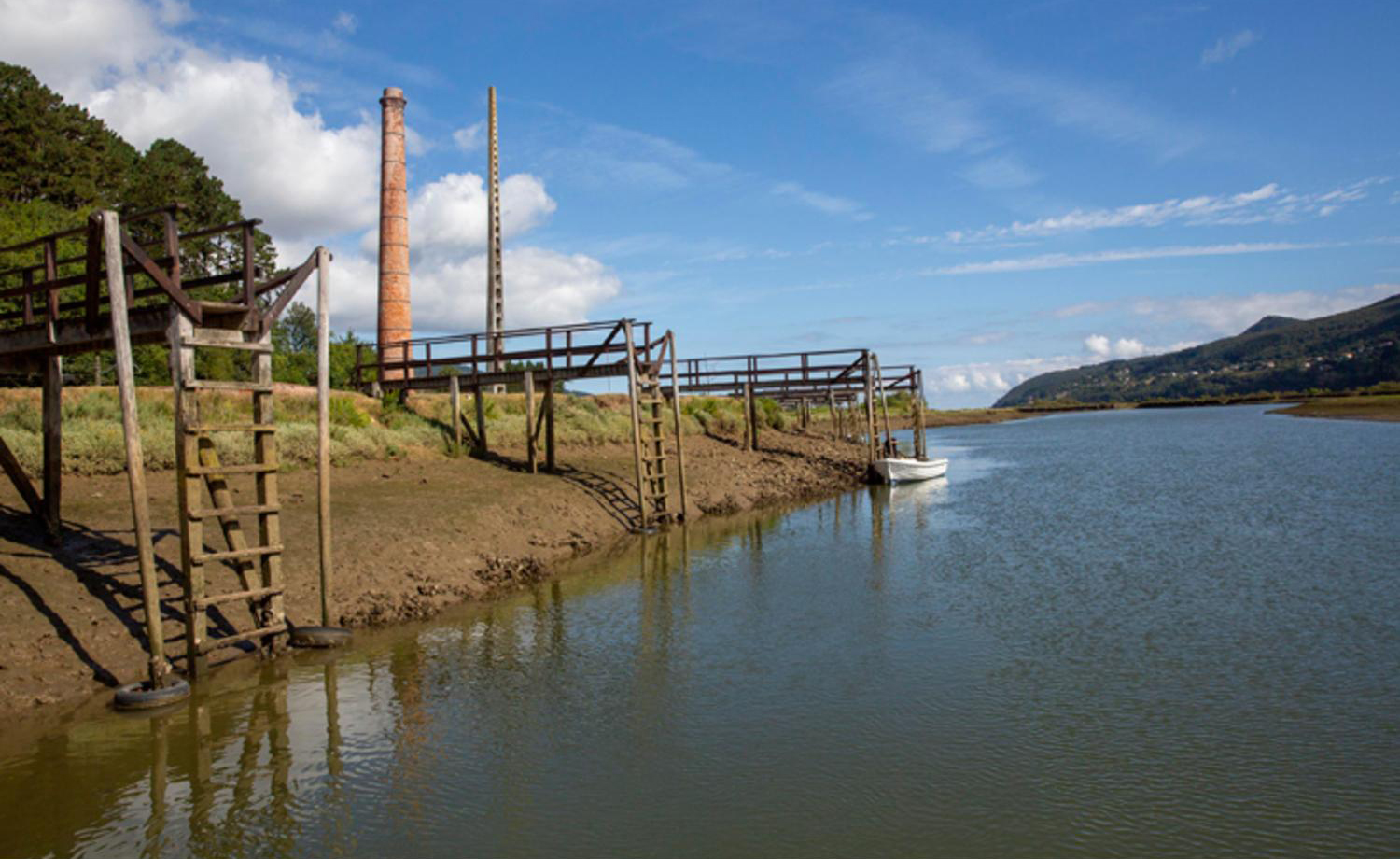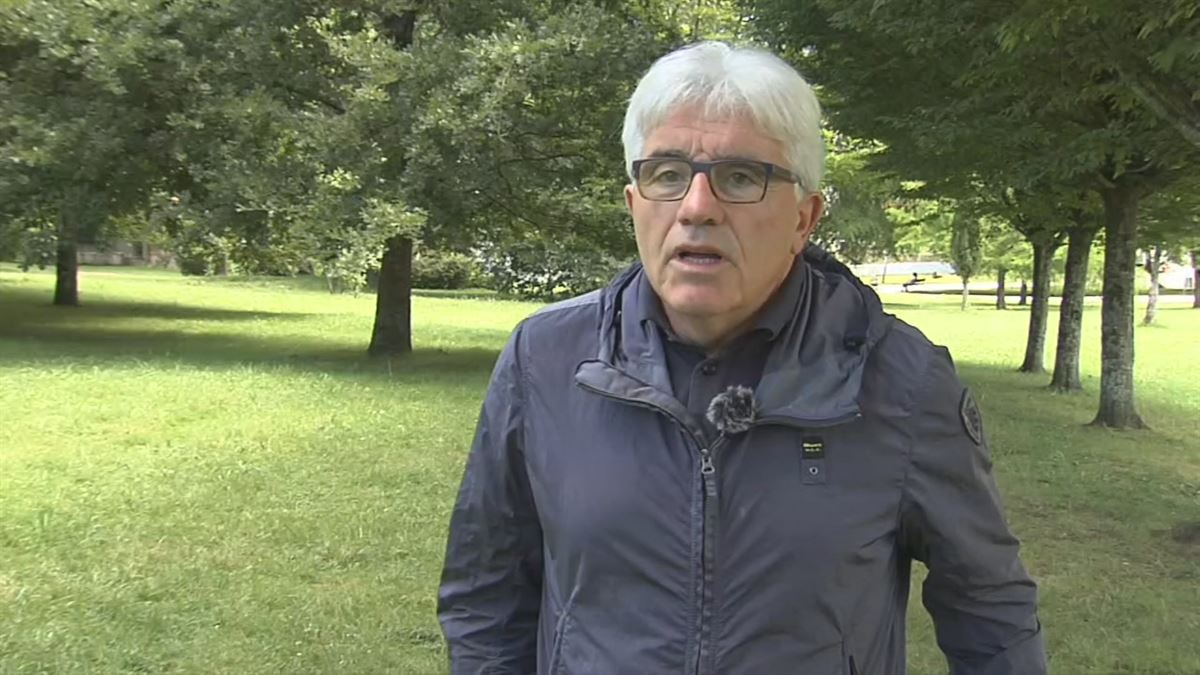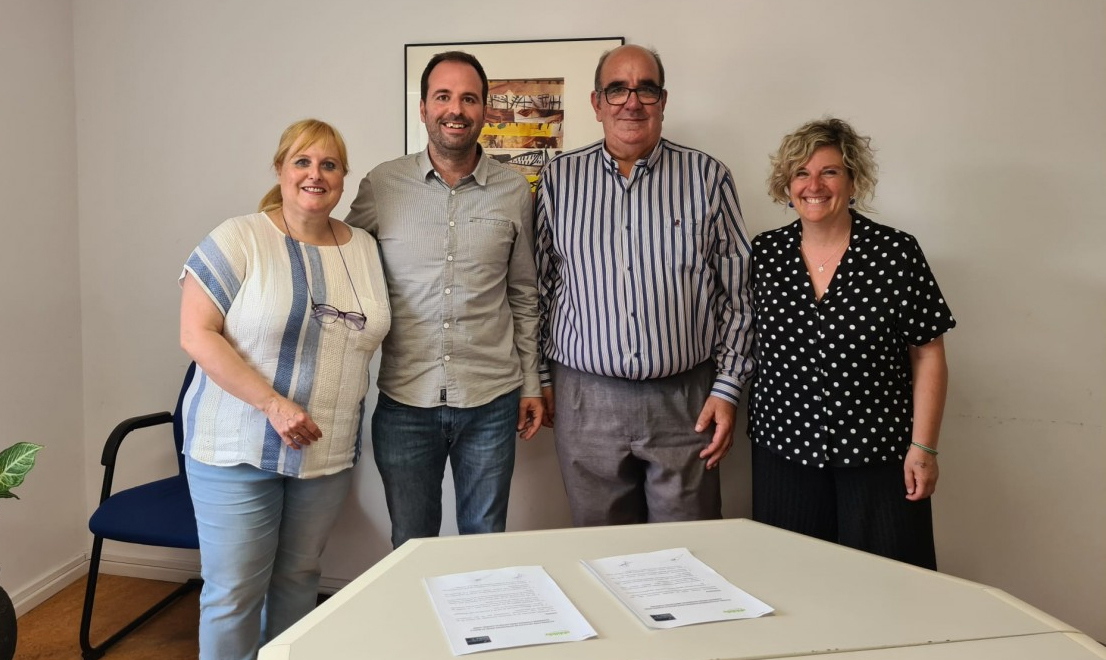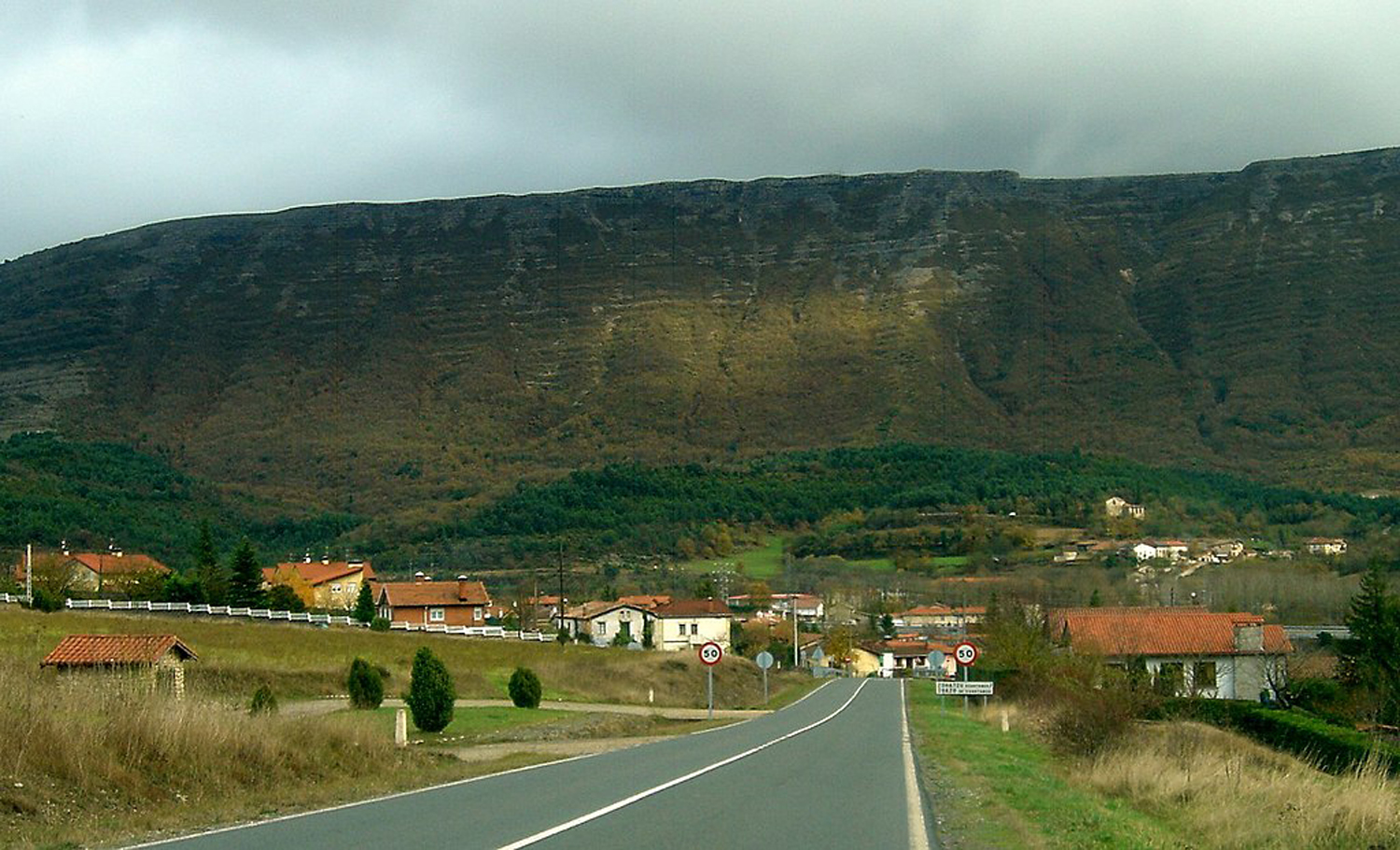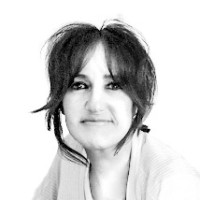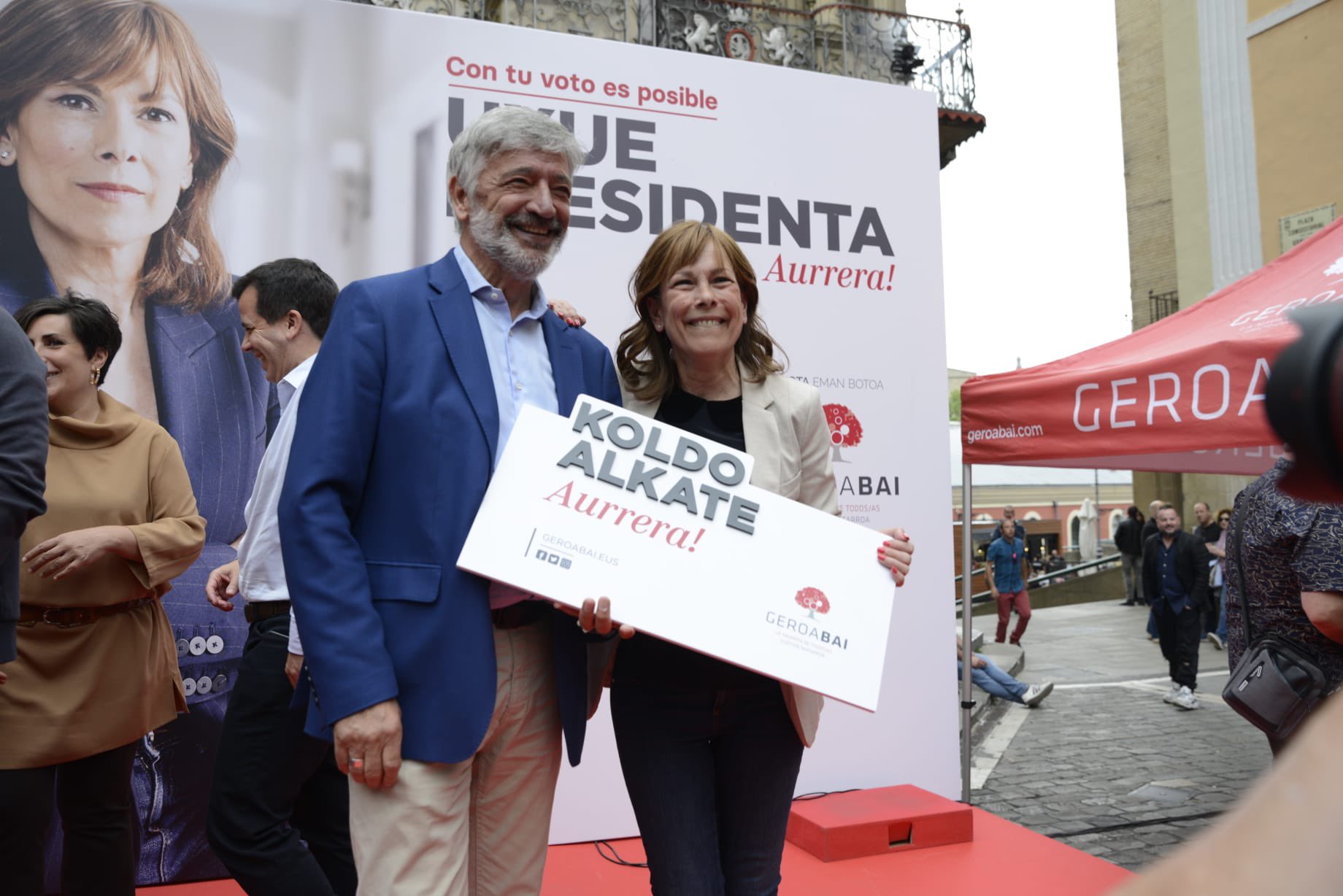Araba is a free verse
- The free verse is what is called without rhyme: the other points rhyme and have left you without complicity; by extension, the person who walks on his own is called. Well, to explain the electoral landscape of Álava, it is convenient to represent Álava politically as a free verse. It is the country that has made the most electoral changes.
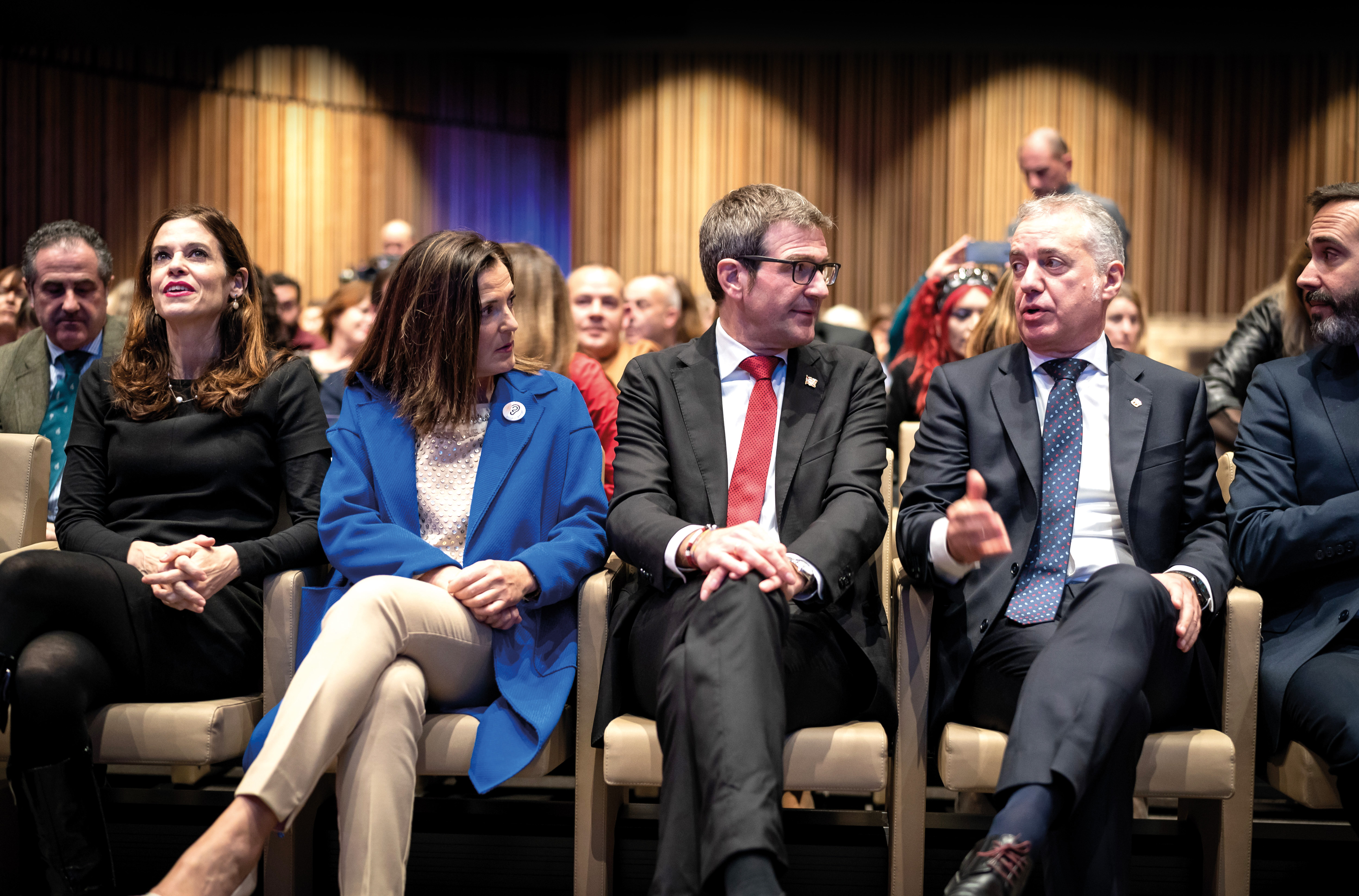
Two factors stand out to understand the causes of the changes: Firstly, chameleons: as everywhere, there are always those who cast the same vote (including those who never vote), but in Álava there seem to be many chameleons and you cannot guess which dog they walk with. Secondly, the entrism of Vitoria: 75% of the population of Álava live in Vitoria-Gasteiz and there are only three municipalities with over 5,000 inhabitants.
Rivalry between four
If you look at the historic results of the General Meetings elections in Álava, the PNV is the party that has won the most: seven times, three times the PP and once the EA. In Vitoria the picture is even more varied: The PNV has won five times, the PP four times and the EA and the PSE once. In that strange Alavesa rarity, and on the border with fricism, Unidad Alavesa made a second time in Vitoria and Álava. They asked them to separate from the CAPV, where are these endemic chameleons now?
Another peculiarity is the rise of the Abertzale left in the last decade, where it has grown the most. At the 2011 votes, EH Bildu won 11 seats in the General Boards and 6 councillors in Vitoria. He repeated his results in 2015 and 2019, when he got one more seat on the General Boards: 12). Before the outbreaks, the best results of Herri Batasuna and Euskal Herritarrok were lower: 8 seats in General Boards in 1987 and 3 councillors in Vitoria (1987, 1991 and 1999). On the other hand, Podemos won 8 seats in the General Boards in 2015, when it was first presented (3 councillors in Vitoria). He won 4 votes in 2019 and the polls give him 3 in the current ones.
Vitoria
Currently, in the PNV-PSE-PP trio, PP is the weakest. Javier Maroto achieved spectacular results in 2015 (9 councillors), drawing the card of racism. But that same letter made the “Gora Gasteiz” movement appear, which caused Maroto not to continue in the city hall, and since then the PP is falling in Vitoria and Álava. Most surveys give you 5 councilors.
The PSE should have 5-6 councillors in Vitoria. It has shared the municipal government with the PNV, but it does not seem that it has done so especially. The PSE receives the wave of the situation in Madrid: If the PSOE and Pedro Sánchez are strong, if not weak. Right now, no cold or heat.
The PNV has changed the candidate for mayor for the erosion of Gorka Uraran. But Uraran is known, unlike Beatriz Artolazabal, who has been mayor for eight years in Vitoria. Moreover, lately the PNV is not demonstrating an excessive unity, Gasteiz vs Gobierno has even been transmitted in tram, TAV or housing policies. Most surveys consider it a favorite.
As for EH Bildu, there is sometimes talk of the “Larrion effect”. Miren Larrión obtained in Vitoria the best results for the left Abertzale in 2019: 24,529 votes, 6 councillors. But there were 1,100 more votes than in the previous elections, “only.” This year, 6-7 councillors, according to most surveys.
In other words, the situation is: Between the PNV, the PP and the PSE there is a common bag of votes and, on the other hand, there is no great reason to think that EH Bildu does not back up the results of the last decade. If one of the other three candidates is not clearly imposed – most polls point to the PNV – EH Bildu could win.
Per crews
As a curiosity and point to the non-Alaveses, it should be noted that since the 16th century Álava has been organized by quadrillas (not only for the poteo). Vitoria-Gasteiz conditions the territory a lot: It offers 38 seats for General Boards, 5 for Ayala and 7 for the other countries, the so-called “Jareak”.
In the Ayala crew, Laudio (the second most populous municipality in Álava) has danced between the PNV and EH Bildu, and the surveys put them very close. In Amurrio, things can also be narrow (PNV predominates), as in Artziniega (in recent times a lot of EH Bildu has predominated) and in the small towns of Ayala.
Dismantles
As for the Alavesa Plain, in the previous elections the PNV imposed itself in Agurain on EH Bildu by 17 votes. Other countries also compete. The current Mayors are divided into: Those of EH Bildu are those of Asparrena, Barrundia, San Millán and Zalduondo; those of the PNV are those of Elburg and Iruraiz Gauna; and those of Alegría are independent.
In Zuia-Gorbeialdea there is also competition between EH Bildu and the PNV, and by legislature it has been aligned in favour of the Abertzale left in Aramaio, Urkabustaiz, Zuia and Legutiano. The PNV dominates Zigoitia and Arratzua-Ubarrundia.
In Rioja Alavesa, 10 of the 15 municipalities currently belong to the PNV: Labastida, Elvillar, Yécora, Kripan, Lanciego, Leza, Moreta, Oyón, Villabuena and Laguardia. The PP only has Navaridas and Baños de Ebro, from the old supremacy. Elciego has historically been owned by the PSE, but today they are independent; in Lapubs of Labarca there are also independent mayors. EH Bildu has been the only mayor of Samaniego.
On the Alavesa Mountain, they are owned by the PNV in Arraia–Maeztu, Arana Valley, Bernedo and Lagran. In Campezo and Peñacerryanair-Urizaharra are independent, but they are closer to EH Bildu.
Añanaldea is the western Alavés (and Basque), a “distant” and “unknown” territory. There are 10 municipalities, most in favor of the PNV: Kuartango, Ribera Alta, Ribera Baja, Valdegovía, Beranturi and Lantarón. The PSE is usually won in Asturias-Oka. They are independent in Añana, Armiñón and Zambrana.
Finally, in the last elections, the independents prevailed in Arganzón EH Bildu and Treviño. It's the eighth crew of Álava.
In the General Boards, the PNV should master more, but EH Bildu can get closer. In the last decades, some municipalities that previously belonged to the PNV have gone to HD Bildu and some to PP and PSE to the PNV.
In recent days, Enrique Maya has awarded the underground parking of the Plaza de la Cruz de Pamplona, whose works will begin in summer. Also the demolition work, among other things, by the felling of beautiful trees that give air to the plaza. When your shadow and absorption of... [+]
A week after the municipal elections, we seem to be willing to analyse the results that have left these new elections, which will mark the institutional policy of the municipalities over the next four years. The most worrying aspect of all possible studies is undoubtedly the... [+]
Spanish citizens have been invited in recent days to the elections, to the members of boards, parliaments or municipalities, to the renewal of these institutions, and now all of them, in the analyses, in the calculations, are in the hands of who the power will fall, with whom it... [+]
The PSN multilingual electoral cartel has ignited fire and pain. "It takes laughter in Navarre to ask for a vote in eight languages in 2023, excluding Basque. Vultures. Lettuce. Not even to fake."
These purrusts have been read these days in Euskal Txio Herria, at the expense of... [+]









